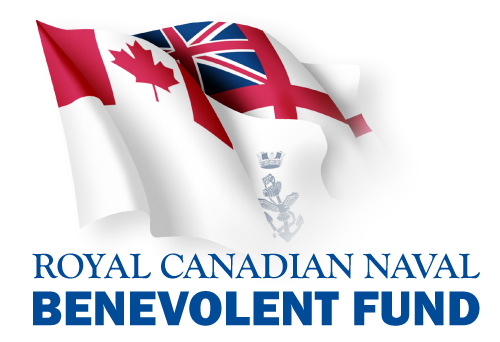Our History
The Royal Canadian Naval Benevolent Fund (RCNBF) was originally established on November 23, 1942 to provide financial assistance to members of the navy family in times of emergency and distress. Prominent naval officers and officials serving in naval service headquarters were named trustees and charged with administering funds made available through contributions from canteens and officers’ messes. The original capital of the Fund was made up of an undistributed balance of prize money from the war of 1914-18, as well as gifts from friends of the naval services.
Towards the end of the Second World War, trustees determined that the Fund would need to be reorganized so that it could continue after general demobilization had been effected. Application was made to the Secretary of State and, on July 4, 1945, the “Canadian Naval Service Benevolent Trust Fund” was granted a charter under Part II of the Dominion Companies Act 1934.
When Canada’s Forces unified on February 1, 1968, a new Financial Assistance Fund was established to include Canadian Forces members who joined after unification. The existing Benevolent Fund continued to provide grants or distress loan assistance to those personnel who had previous service in the Royal Canadian Navy, the Canadian Army, or the Royal Canadian Air Force.
In June 1992, Canadian government officials recognized the contribution of wartime merchant seamen to Canada and officially extended all veterans benefits to the survivors and their dependants. In response, in June 1993 the Royal Canadian Naval Benevolent Fund amended its by-laws to provide merchant navy war veterans and their dependants eligibility to all Fund benefits. Expansion of the Fund mandate continued, and, in June 1994, grandchildren of naval personnel became eligible for the educational assistance program.
On June 8, 1998, the original Fund mandate was expanded to include all naval forces and further amended in June 1999 to include members of the Canadian Forces enrolled after unification, provided they served a minimum of one year with a unit of Maritime Command.
On June 6, 2005, serving naval personnel, including naval reservists serving full time with the regular force, could apply for financial assistance if all other Canadian Forces sources were exhausted. At this time, the existing educational assistance program was replaced with a bursary program.
